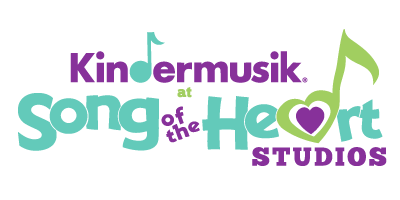Before becoming a full-time, stay-at-home mom, I was an English and Spanish teacher to middle school students. I am passionate about the power of education to change the world, especially when it comes to giving our kids literacy skills.
At my daughter’s preschool “Get Acquainted Day,” the other day, I picked up a brochure titled “Raising a Reader, Raising a Writer: How Parents Can Help.” Of course, it caught my eye—I’m a sucker for how-to lists that may help me be a better parent. The pamphlet was published by the National Association for the Education of Young Children (NAEYC), which “serve(s) and act(s) on behalf of the needs, rights and well-being of all young children with primary focus on the provision of educational and developmental services and resources.” Among other things, they offer accreditation to various preschools throughout the nation, requiring that those schools meet certain policies. To be clear, whether a school is NAEYC accredited does not make the difference between a good preschool and a bad one (it can be cost-prohibitive, for instance, for small preschools to fulfill all the obligations). However, it does mean that this pamphlet comes from a reputable source.
Certainly, sometimes when I read stuff like this, it can be a bit of a trigger for me. “Oh, great. More ways that I’m failing my kids.” But not this time! Though the list I include doesn’t reflect everything I read in the pamphlet, these are the bullet points that made me smile.
• Talk, sing and play with your child: Talk as you do simple, everyday things together . . . recite nursery rhymes and do fingerplays, games, and action songs.
• Choose books with care: Look for books that relate to what’s happening in the child’s life at the time • Slow down and have fun: Follow the child’s cues (while reading a story). . . . now and then try skipping an expected phrase to see if the child supplies it.
• Read it again. . . & again: There’s a lot for a child to take in, and children need and want to go through a book more times than grownups can imagine.
So why did they make me smile? Because even though there’s laundry to do (all the time—does it ever STOP?), and even though I sometimes find myself on Facebook more often than I ought to be (Miss Carol’s posting some fantastic links these days that suck me in.), I know that participating in Kindermusik has been a great way for my kids to develop their literacy skills. At least in this regard, I feel like I’m able to set aside some of that ever-present mommy-guilt.
Because every time I sing “There once was a frog who lived in a bog,” I’m doing one of those fingerplays they suggest, and I’m singing and engaging with my kids. I know that the books that our studio chooses are quality storybooks. And since they relate to what we’re working on in Kindermusik, they’re helping to link my child’s real-life experience with the world in print. In Kindermusik we talk a lot about “following the child.” We take our kids where they’re at and build on their skills, rather than get frustrated at what they aren’t doing. This idea doesn’t pertain to moments when we’re on the carpet doing a play-along. It extends to everything we do, including story time. (If you’re in doubt about this, watch your child’s educator respond to the children’s cues next time they’re reading—you’ll see them pause, answer questions, and get just as excited as the child who shouts, “Hey! I have one of those at my house!”). Finally, we know that kids thrive on repetition. This is why some of our activities are repeated from week to week. It’s also why some of our activities are repeated, but with a twist.
Yes, I do work for the studio, so I’m paid to brag about them. However, I would do it for free. Kindermusik is more than a music class-it truly does support developing the whole of my child.

